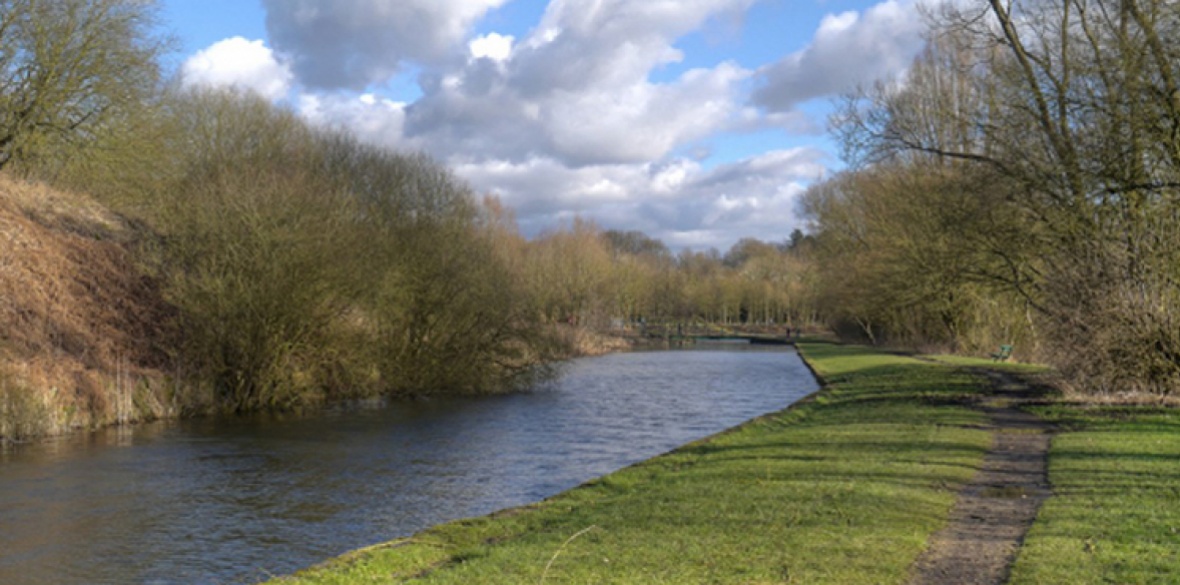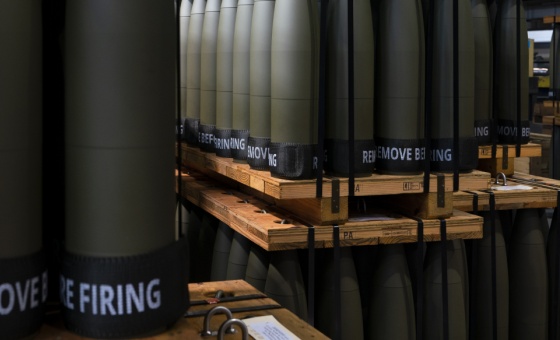This is the last article you can read this month
You can read more article this month
You can read more articles this month
Sorry your limit is up for this month
Reset on:
Please help support the Morning Star by subscribing here
A FEW years ago, on one of my regular return trips to my hometown of St Helens, I walked up a hill to see the Dream, a statue that looks like a white Easter Island moai staring out over the West Lancashire plain.
It didn’t speak to the landscape or say all that much to me but I was relieved to read later that the commissioning of the sculpture by Spanish artist Jaume Plensa involved local people, including 15 miners.
My dad had worked under that hill when Sutton Manor colliery stood there. I was gratified to see something marking the spot but uneasy about the way the area had been prettified.
Doing everyone else’s dirty work, miners were hidden from view for centuries. Now the mines are hidden, with no slag heaps or pitheads on view and very few physical reminders of their existence.
The wastelands where machinery and buildings have been razed to the ground such as Parkside in Newton-le-Willows — owned by developers — are behind gates and surveillance cameras. You can’t go there to imagine what life used to look and feel like.
Such places only reopen when a warehouse appears or a new housing estate.
Britain, with its well-meaning charities, trusts and NGOs, has a glut of stately homes and floral gardens that sanitise the inequities of the past and turn history into neutral “heritage.”
But it has far fewer monuments to the memory of the people who built, enriched and died prematurely to keep the nation safe and warm and generate much of its wealth.
While there are standouts, such as the Unesco World Heritage site of Ironbridge and The Big Pit in Wales, you have to make an effort to see places that evoke the hardship and graft of our parents and grandparents.
I would encourage people, in this summer of enforced “staycations,” to take time to see some of the wonders of our industrial past and also to take walks around wastelands and abandoned sites where possible.
Visiting a post-industrial area might sound like a particularly gloomy version of a busman’s holiday — after all, most of us are at work all the year round.
But just as Middlesborough ironworkers, Lancashire textile workers and miners from the coal fields went to the seaside or the uplands for a much-deserved change of scene and air, in what is now a land of offices, services and logistics we should seek out landscapes that provide contrast and an opportunity for reflection as well as recreation.
There’s pleasure as well as edification to be had from exploring the areas we routinely drive through on our way to beaches, historic cities and rural idylls.
In their 2011 book Edgelands, poets Paul Farley and Michael Symmons Roberts celebrate the “places where an overlooked England truly exists.” George Orwell’s trip to the north-west in 1936, which produced The Road to Wigan Pier was, for all its sociological value, also an exploration into what was for the Eton-educated author a strange and thrilling world of “others.”
We hear a lot about travel as an industry these days and it generally treats passengers as priced-up goods to be shipped and exploited. But leisure time is also when we grow as individuals and the real meaning of heritage is as the accumulated knowledge of society.
Seeing the muck as well as the brass of our industrial past delivers more education, enjoyment and epiphanies than any seaside holiday.
SEVEN MUST-SEES
Big Pit National Coal Museum, Blaenafon, Gwent
Pre-book a free ticket to visit this outstanding museum of mining, which opens from September 1. museum.wales/bigpit/
Sankey Canal, St Helens to Widnes
Walk through industrial and post-industrial landscapes on the 10-mile path along this famous waterway, opened in 1757 to shift coal from the Lancashire fields to the River Mersey. Start from St Helens, home of the World of Glass, which tells the story of the town’s long association with glassmaking.
Samson & Goliath Cranes, Belfast
Shipbuilding helped turn Belfast into an industrial powerhouse and each of these two massive yellow gantry cranes, erected to service the new graving dock at Harland and Wolff, can lift loads of up to 840 tons.
Cromford Mills, near Matlock, Derbyshire
Partially reopened at the start of July, this site boasts the world’s first water-powered cotton spinning mill, built by Sir Richard Arkwright in the late 18th Century.
Ironbridge, Telford, Shropshire
As Unesco’s official report states, the first bridge ever to be built of iron in 1708 “contains all the elements of progress that contributed to the rapid development of this industrial region in the 18th century, from the mines themselves to the railway lines.”
Kesteven Forest, Twyford Wood, Lincolnshire
Abandoned airfields, bases and other leftovers of the military-industrial complex litter the British landscape and here you can take a walk through woodlands and see the cracked remnants of the three concrete runways of Royal Air Force North Witham used during the second world war.
Pontcysyllte Aqueduct, near Wrexham
The 18-arched stone and iron canal bridge across the River Dee is a true marvel of engineering, built in 1795-1805 by Thomas Telford and William Jessop. Details: pontcysyllte-aqueduct.co.uk












